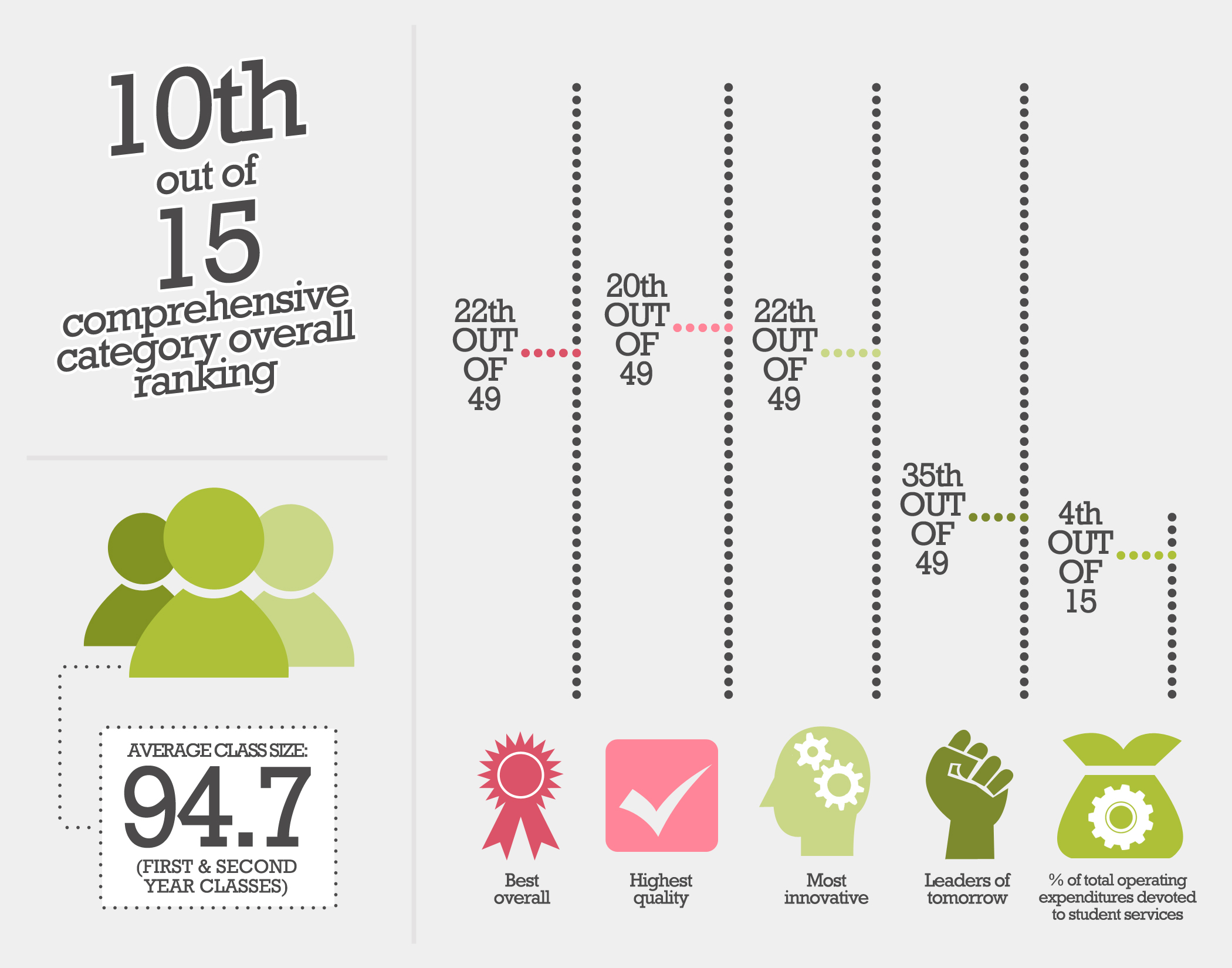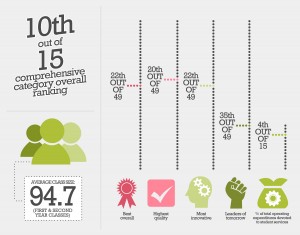Ranks evaluate Laurier


Last Thursday was report card day for the province’s universities, as the annual Maclean’s magazine university rankings were released.
Wilfrid Laurier University didn’t see any major changes – placing tenth overall out of 15 universities in the comprehensive category, compared to 11th from last year – but university officials expressed satisfaction with the results.
“I thought Laurier should be pretty pleased with where we are. We’ve only been in the comprehensive category for a couple years now, so being tied for tenth I think is a good place for us and a recognition of areas we continue to be strong in,” said Deborah MacLatchy, vice president of academic and provost for Laurier.
The comprehensive category includes universities that have a mixture of undergraduate and graduate programs, as well as research activity.
“Really, it’s probably a fair assessment,” said Stephen Franchetto, vice president: student affairs for the Wilfrid Laurier University Students’ Union.
“It’s going to take a few years before we’re able to move up, especially in the comprehensive category, where that’s also reliant on things like graduate programs and things like research, where we haven’t traditionally been, but is becoming a growing piece of what the university does here.”
For most of the categories, Laurier ranked near the middle of the 15 universities within their comprehensive grouping.
When asked what this says about the university, MacLatchy responded, “I think it reflects that Laurier has gone through a period of intense growth. We’ve grown more, grown faster than any university in Ontario.”
She also noted that universities moving up or down the rankings are also often the result of incremental changes, as sometimes schools are close together in rankings.
“We really have no bad universities in Canada, so, therefore, you’re ranking amongst very good institutions,” she said.
In the ranking of best overall university, Wilfrid Laurier ranked 22nd out of 49, moving up from the 25th spot last year. It remained at 35 for “leaders of tomorrow,” and improved marginally in both innovation and quality.
Franchetto doesn’t believe that the rankings always give the full picture of what a university is offering its students.
For example, larger class sizes may be reflective of reduced government funding for universities.
“That really reflects a lot of budgets getting tighter and universities having to make difficult choices and just not really having a lot of room to invest in new faculty,” Franchetto said.
Laurier was ranked low in first and second-year class sizes, at an average of 94.7 students, as well as in student-to-faculty ratio, at 29.3.
Both MacLatchy and Franchetto believe that, for better or for worse, the rankings do matter to prospective students.
“I think it would be silly to not recognize that prospective students and parents are looking for information and I think the Maclean’s ranking can provide one piece of information,” said MacLatchy. “I hope it’s not the only piece of information students are deciding on universities.”
“I think they carry a lot of weight,” added Franchetto, noting that current students also take pride in the school’s reputation.
He emphasized, however, the importance of looking at where the rankings come from.
“They need to take these and look at what’s behind them and look at the context. Especially the government context of how they can shape these,” said Franchetto.


